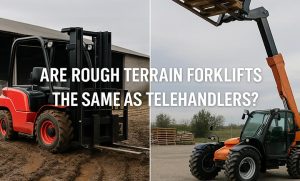
Are Rough Terrain Forklifts the Same as Telehandlers? Differences and the 3 Main Forklift Types
The answer is no. A rough terrain forklift is closer to a traditional forklift, built with 4WD systems, high ground clearance, and off-road tires…
Discover BLANC-ELE’s range of Electric Wheel Loaders, designed for high performance and sustainability. Our models – E10, E15, E20, and E25 – offer customizable solutions for construction, agriculture, and logistics. With advanced electrification technology, these machines provide powerful lifting capabilities, energy efficiency, and minimal environmental impact, ensuring your projects are completed with precision and care. Choose the ideal loader for your needs and experience the future of material handling today.

The answer is no. A rough terrain forklift is closer to a traditional forklift, built with 4WD systems, high ground clearance, and off-road tires…
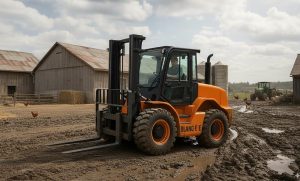
Most forklifts are front- or rear-wheel drive, lacking traction on slippery ground. 4WD rough terrain forklifts distribute power to all wheels…
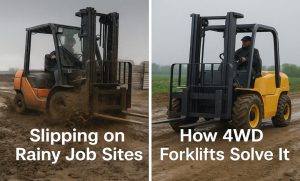
Rainy, slippery job sites
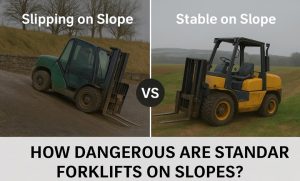
Standard forklifts, with high centers of gravity, limited traction, and 2WD designs, are prone to sliding or tipping on slopes…
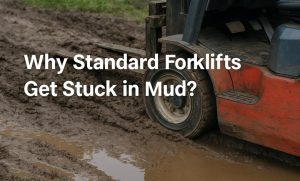
Standard forklifts with low ground clearance, weak 2WD traction, and smooth tires easily get stuck in muddy conditions…

Standard forklifts with low ground clearance and smooth tires easily sink into mud. The solution is rough terrain forklifts…

Rough Terrain Forklifts are built for mud, gravel, and slopes. With strong lifting capacity, large all-terrain tires, and durable design…
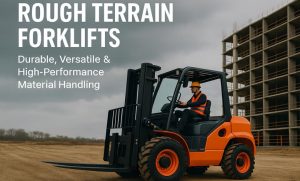
On rough terrain forklifts, adjustable forks quickly match pallet widths, while side shift fine‑tunes placement without repositioning the truck…

understanding whether you need FWD (Front-Wheel Drive), RWD (Rear-Wheel Drive), or 4WD (Four-Wheel Drive) can make all the difference. This guide will break down the pros and cons of each drive type…